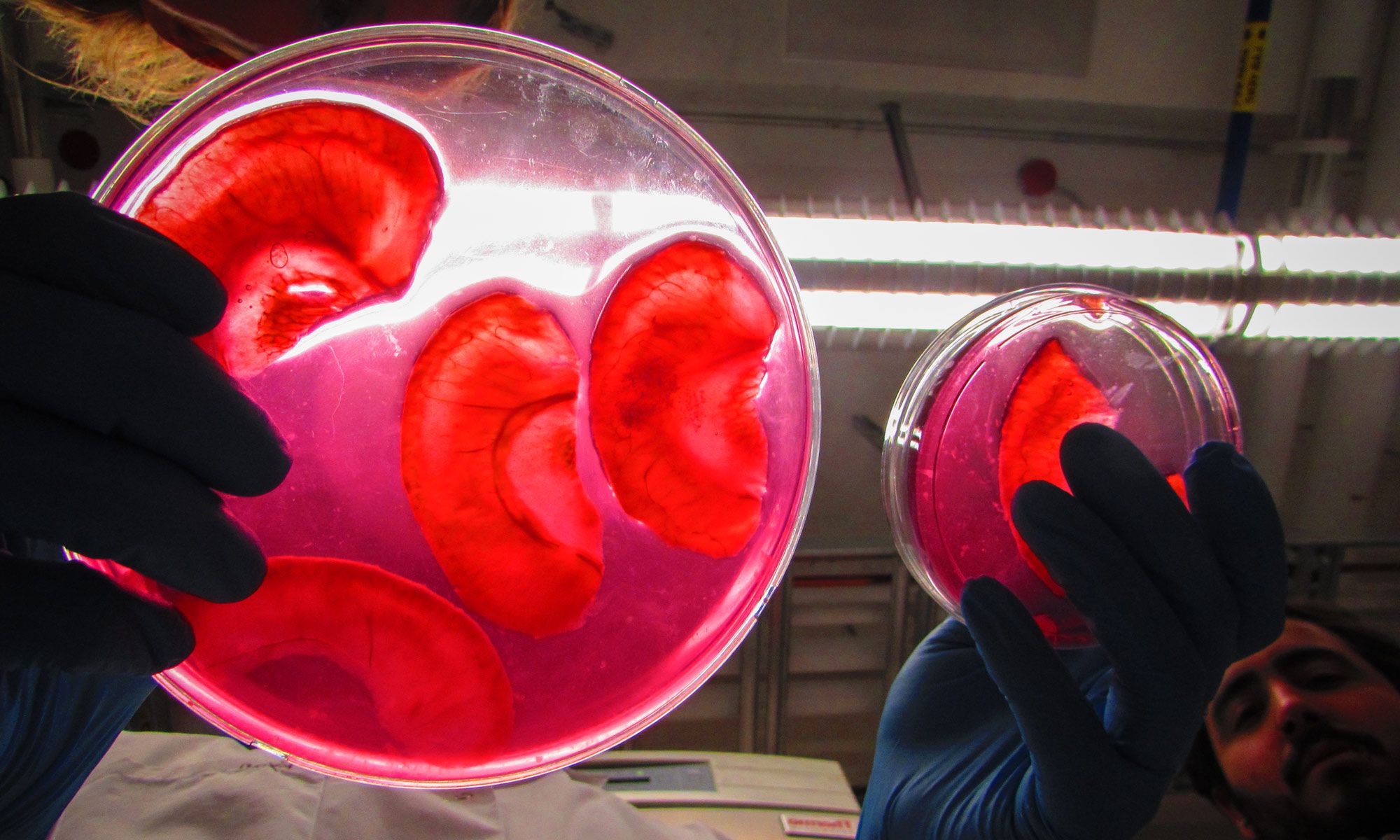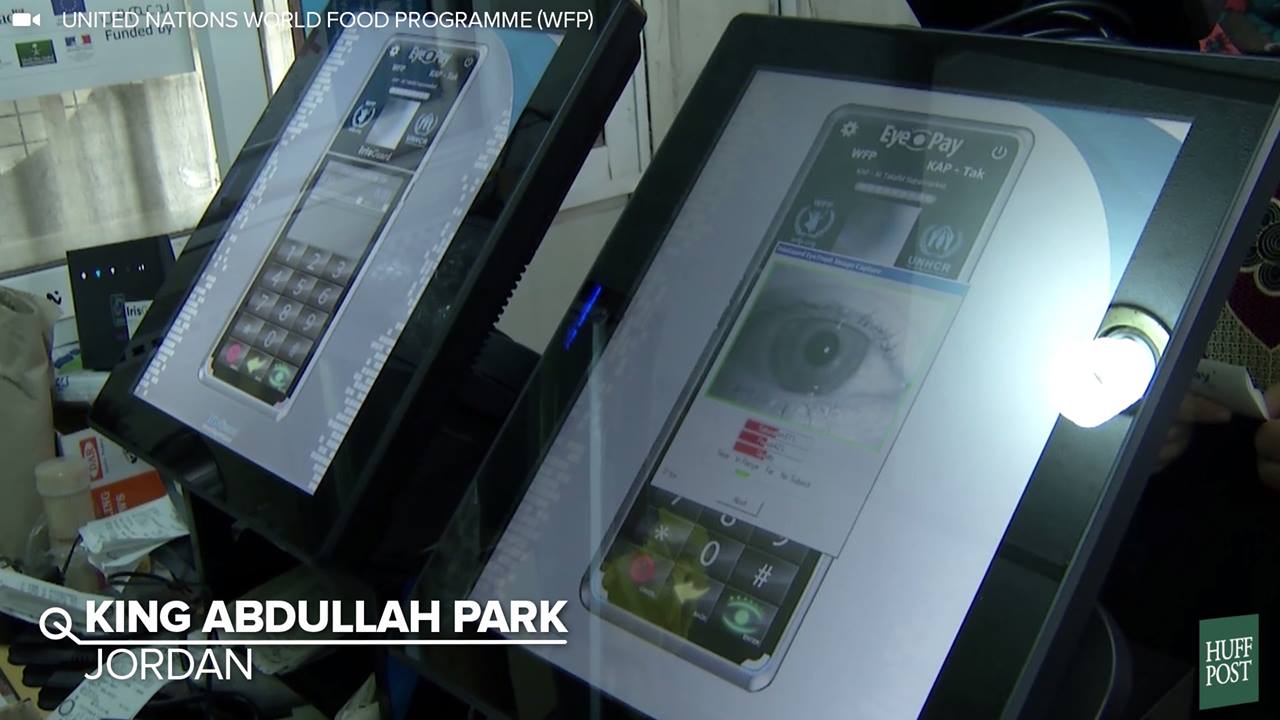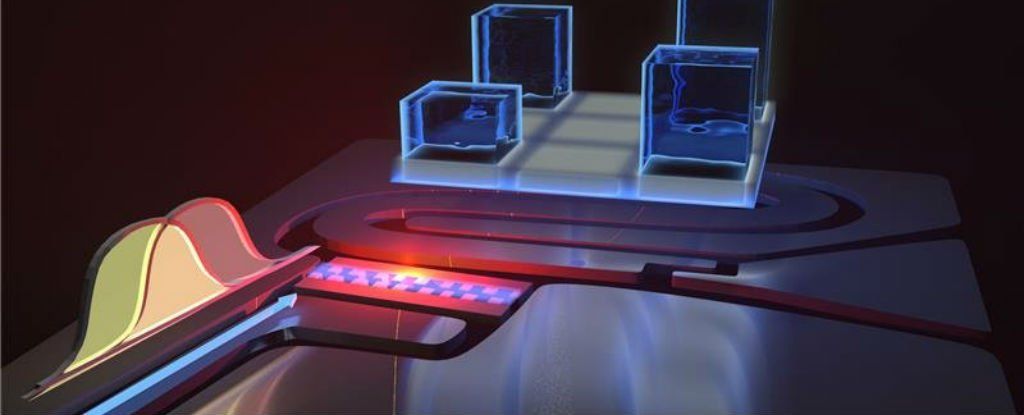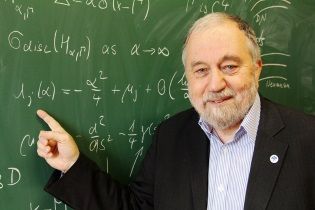Page 11338
Mar 18, 2016
This mom and son don’t let being born without arms stop them from living life to the fullest!
Posted by Shailesh Prasad in category: futurism
Mar 18, 2016
Syrian Refugees Are Using Iris Scan To Receive Food Aid in Jordan
Posted by Shailesh Prasad in categories: electronics, food
Mar 18, 2016
New quantum computer device takes advantage of a loophole in causality
Posted by Shailesh Prasad in categories: computing, information science, mobile phones, quantum physics
Researchers in Finland have figured out a way to reliably make quantum computers — technology that’s tipped to revolutionise computing in the coming years — even more powerful. And all they had to do was throw common sense out the window.
You’re almost certainly reading this article on a classical computer — which includes all phones, laptops, and tablets — meaning that your computer can only ever do one thing at a time. It reads one bit, then the next bit, then the next bit, and so on. The reading is lightning fast and combines millions or billions or trillions of bits to give you what you want, but the bits are always read and used in order.
So if your computer searches for the solution to a problem, it tries one answer (a particular batch of ones and zeros), checks how far the result is from the goal, tries another answer (a different batch), and repeats. For complicated problems, that process can take an incredibly long time. Sometimes, that’s good. Very clever multiplication secures your bank account, and faster or more efficient equation-solvers put that in jeopardy.
Continue reading “New quantum computer device takes advantage of a loophole in causality” »
Mar 18, 2016
Quantum computer means dark at the end of the tunnel for RSA encryption
Posted by Karen Hurst in categories: computing, electronics, encryption, quantum physics
Mar 18, 2016
Interview with Pavel Exner ahead of his 70th birthday
Posted by Karen Hurst in categories: education, physics
Going back to the start, how did you come to studying Theoretical Physics?
As with most people my path was determined by a series of choices involving random factors. I liked mathematics and physics at school, and did well in the olympiads, but I liked also literature, history, etc. At the age of fourteen I choose a technical-type high school oriented at nuclear disciplines, as popular then as they are despised by many these days, probably because it was one of the most difficult and challenging ones.
The way from there to the Technical University was straightforward. Since I have the need to understand things from the first principles, I drifted gradually towards theoretical physics and it was only natural that in the middle of my studies, corresponding roughly to the bachelor degree nowadays, I ended up at the Theoretical Physics Department of the Charles University, where I subsequently graduated.
Continue reading “Interview with Pavel Exner ahead of his 70th birthday” »
Mar 18, 2016
Reading minds, sharing control
Posted by Karen Hurst in categories: neuroscience, robotics/AI

https://youtube.com/watch?v=kg1WWq_8kpA
BMIs and other brainy stuff.
When it comes to moving a robot arm with your thoughts, sometimes it is better not to have complete control of your actions. This blog explains more.
Mar 18, 2016
Galactic collisions doom entire star systems to black-hole death
Posted by Sean Brazell in category: cosmology
Star-gobbling black holes tend to inhabit galaxies that have recently collided, suggesting that cosmic pile-ups send whole systems flying.
Mar 18, 2016
An AI with 30 Years’ Worth of Knowledge Finally Goes to Work
Posted by Shailesh Prasad in category: robotics/AI
An effort to encode the world’s knowledge in a huge database has sometimes seemed impractical, but those behind the technology say it is finally ready.
Mar 18, 2016
You can now 3D print the world’s lightest material – graphene aerogel
Posted by Shailesh Prasad in categories: 3D printing, materials
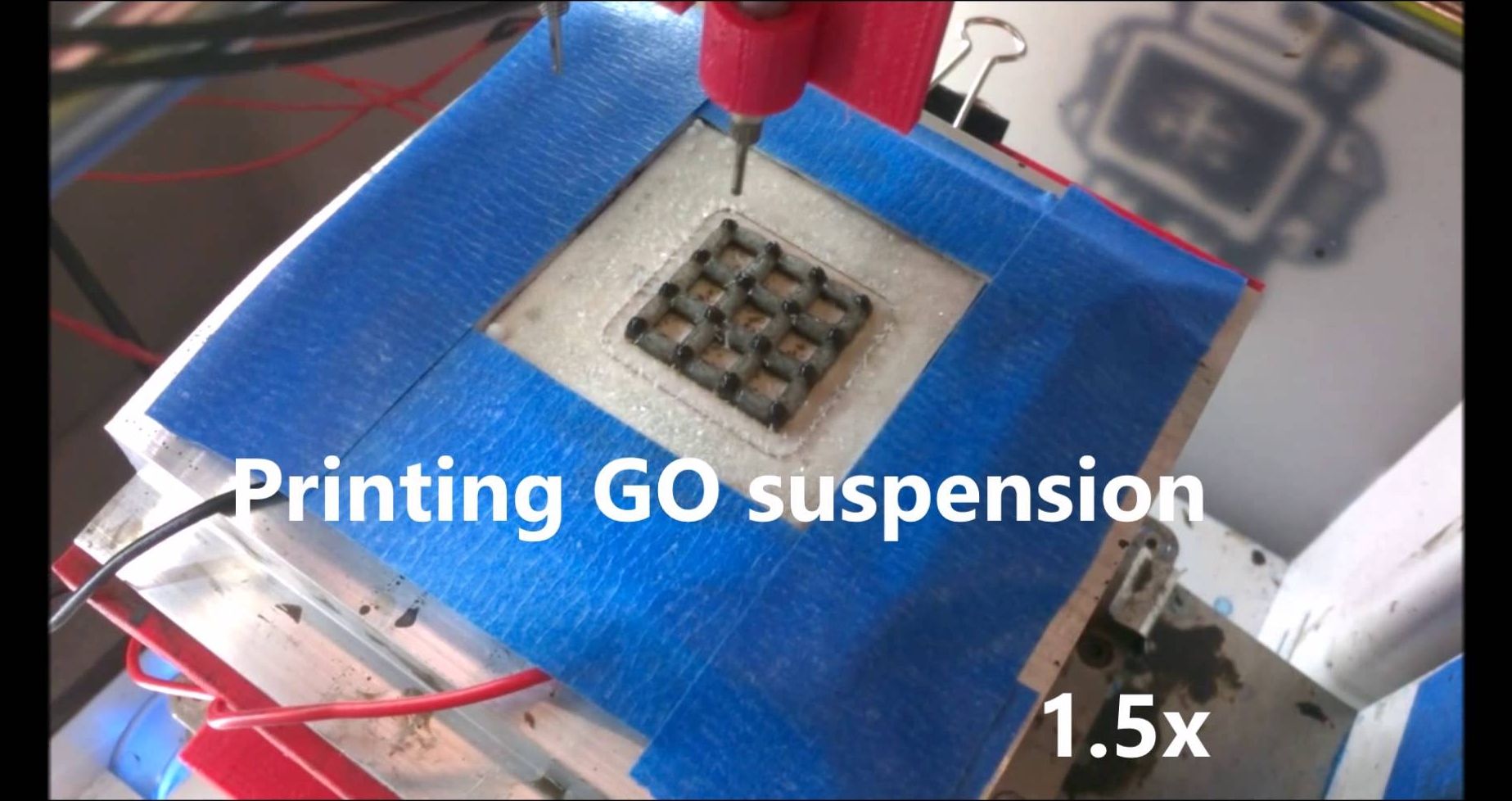
YES PLEASE.
It’s 7.5 times lighter than air, and a cubic metre of the stuff weighs just 160 grams. It’s 12 percent lighter than the second lightest material in the world – aerographite – and you can balance a few cubic centimetres of the stuff on a dandelion head. Water is about 1,000 times as dense.
Continue reading “You can now 3D print the world’s lightest material – graphene aerogel” »
